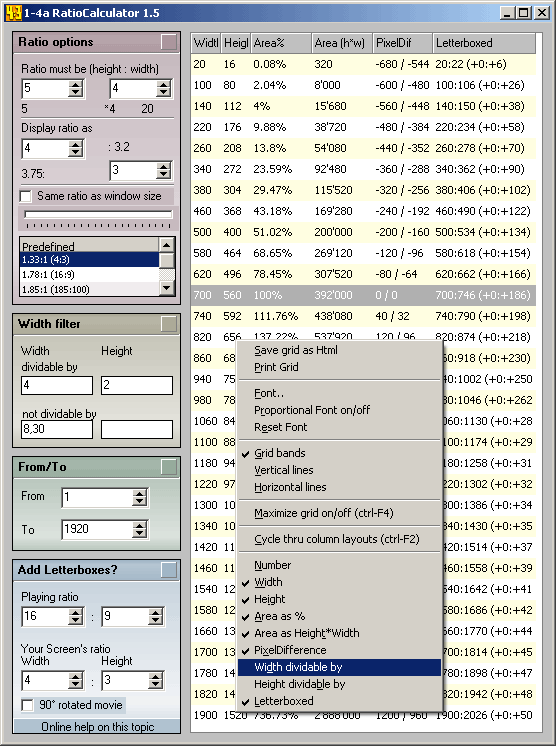

1 By comparison, the theoretical percolation threshold for a system of spherical objects is 0.29 and 0.16 for soft-core and hard-core spheres in 3D, respectively. As a result, very low threshold values of the order of 1 wt.% are typical for CNT/polymer composites, with values as low as 0.1 wt.% and lower achieved in some cases. Higher-aspect ratio fillers percolate at lower loadings due to more efficient network formation with fewer contacts required to form a spanning cluster. For rodlike particles such as carbon nanotubes and nanowires, the aspect ratio is simply the ratio of the length to the diameter ( L/ D), whereas for planar fillers such as graphene and graphite flakes it is taken to be the ratio of the lateral dimension to sheet thickness. The aspect ratio ( L/ D) of an object is defined as the ratio of its longest dimension to shortest dimension. Winey, in Polymer Science: A Comprehensive Reference, 2012 7.17.5.1 Aspect Ratio It has been ensured that the theoretical underpinning and the fundamental concepts on which the modeling and inversion stands are not lost track of at stage of the chapter as it develops. The discussion throughout this chapter focusses characterizing pore systems which comprise relatively flat pores and pores with high aspect ratio, and thus bimodal in nature, from a pore shape perspective. A robust method of inverting multifrequency dielectric log data to representative pore aspect ratio and representative grain aspect ratio is next illustrated. The techniques of integrating Acoustic slowness data, with different conventional log measurements into work flows, to characterize the available pore shape classes, are next described. This chapter begins with an introduction to the concept of pore facies and the application of factor analysis to the postprocessing NMR to generate viable pore signatures (pore facies discriminators) is illustrated. The theme of this chapter is inverting pore shape and grain shape from logs. Equally, the data on pore and grain aspect ratio at a well point are the only check/calibration available for the forward models (based on rock physics), used to invert seismic data to Effective Aspect Ratio which is an important input for effective seismic-based reservoir characterization in three dimensions. These attributes, along with the attribute of degree of interpore connectedness, are vital to reservoir characterization because tortuosity and constriction of fluid and ionic flow paths are dependent on the pore shape and grain shape.

Pore and grain aspect ratio form two important attributes of the microstructure of sedimentary rocks. Pore aspect ratio and grain aspect ratio data are vital to efficient and realistic modeling of the pore systems of rocks.

K.Meenakashi Sundaram, in Developments in Petroleum Science, 2022 Abstract


 0 kommentar(er)
0 kommentar(er)
